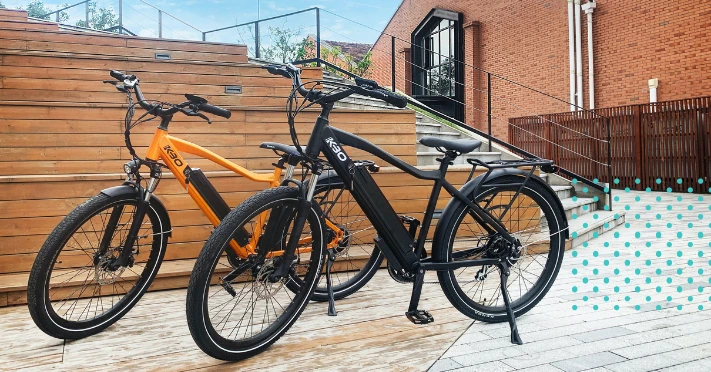The massive growth in the availability of electric bikes means there’s now an e-bike available for every budget. It’s now possible to get a solid, well-built, and reliable e-bike for under $1,000. But, if you have a higher price point in mind, there are e-bikes available for up to $5,000 and potentially a lot more.
When purchasing an e-bike, it’s important to consider the potential performance of its motor and battery, how reliable and durable it will be, and the quality of its build components.
The Best E-Bikes At Every Price Point
Depending on your budget, we’ve explored the best e-bikes in 2023 at every price point from under $1,000 to $5,000.
Best E-Bike Under $1,000
Lectric XP 3.0
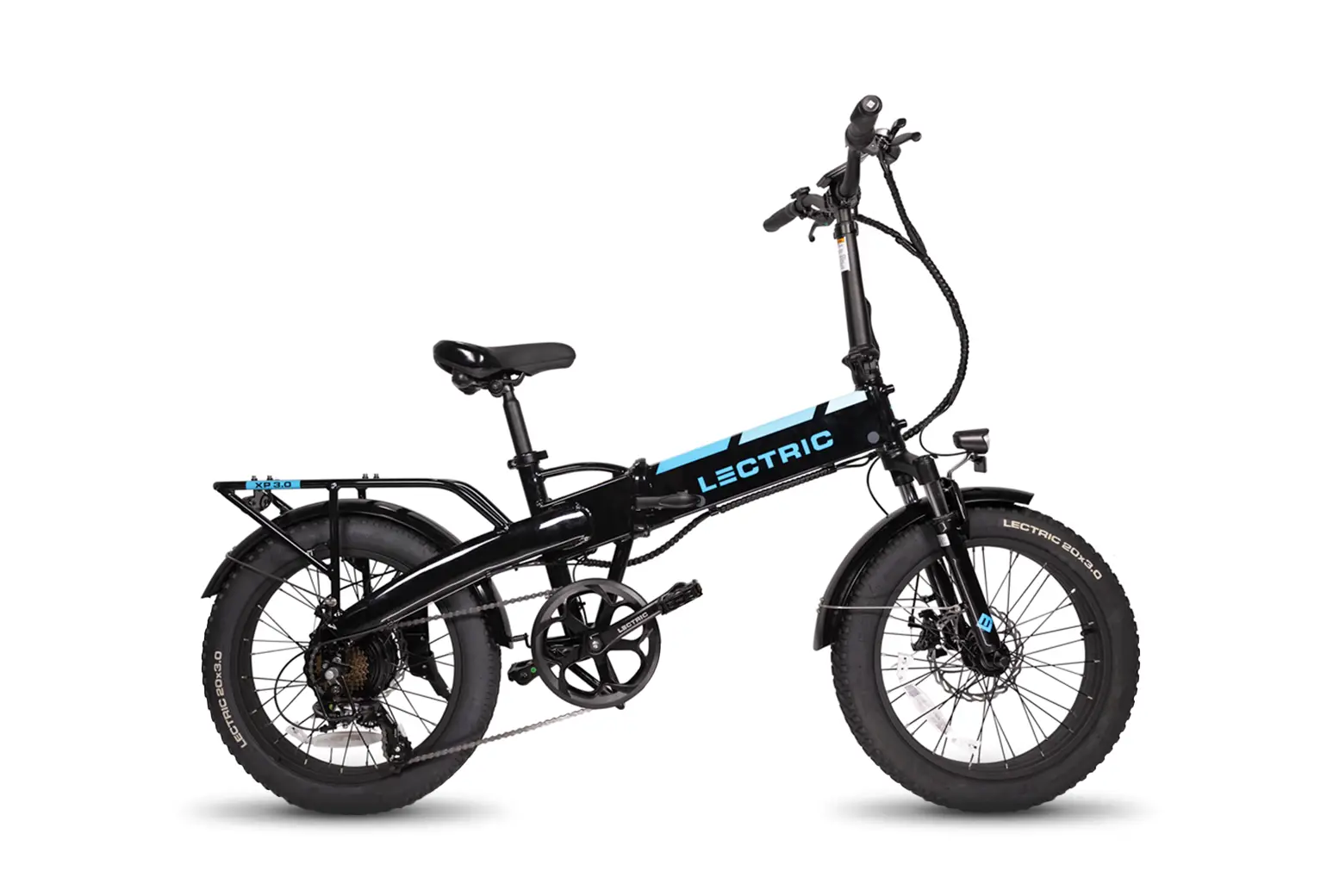
55 mi
RANGE
20 mph
TOP SPEED
4 hrs
CHARGE TIME
64 lbs
WEIGHT
Rear Hub
MOTOR TYPE
55 mi
RANGE
20 mph
TOP SPEED
4 hrs
CHARGE TIME
64 lbs
WEIGHT
The Lectric XP 3.0 is an excellent all-rounder e-bike that suits a wide range of rider needs, especially for just $999. First and foremost, the Lectric XP 3.0 is a highly versatile e-bike designed for living in small spaces and taking out and about in the country. The foldable bike can easily be stored away in the corner of your office or wardrobe, making it highly convenient.
But this small e-bike also packs a surprising amount of power. Its 500-watt motor can be configured for Class 1, 2, or 3 setups which, combined with a 7-speed drivetrain, offers a top speed of 20mph and has enough power to flatten out most hills. While its 499Wh battery will take you up to 55 miles on a single charge.
Furthermore, the Lectric 3.0 XP can carry a total payload of 330 lbs, which is exceptional for such a small bike. The rear rack can carry up to 150 lbs, which is ideal for countryside adventures, traveling around groceries, or a small child. And if style is your primary driver, Lectric’s e-bike will turn heads with its small, fat tires and flashes of electric blue.
Best E-Bike Under $2,000
Aventon Aventure
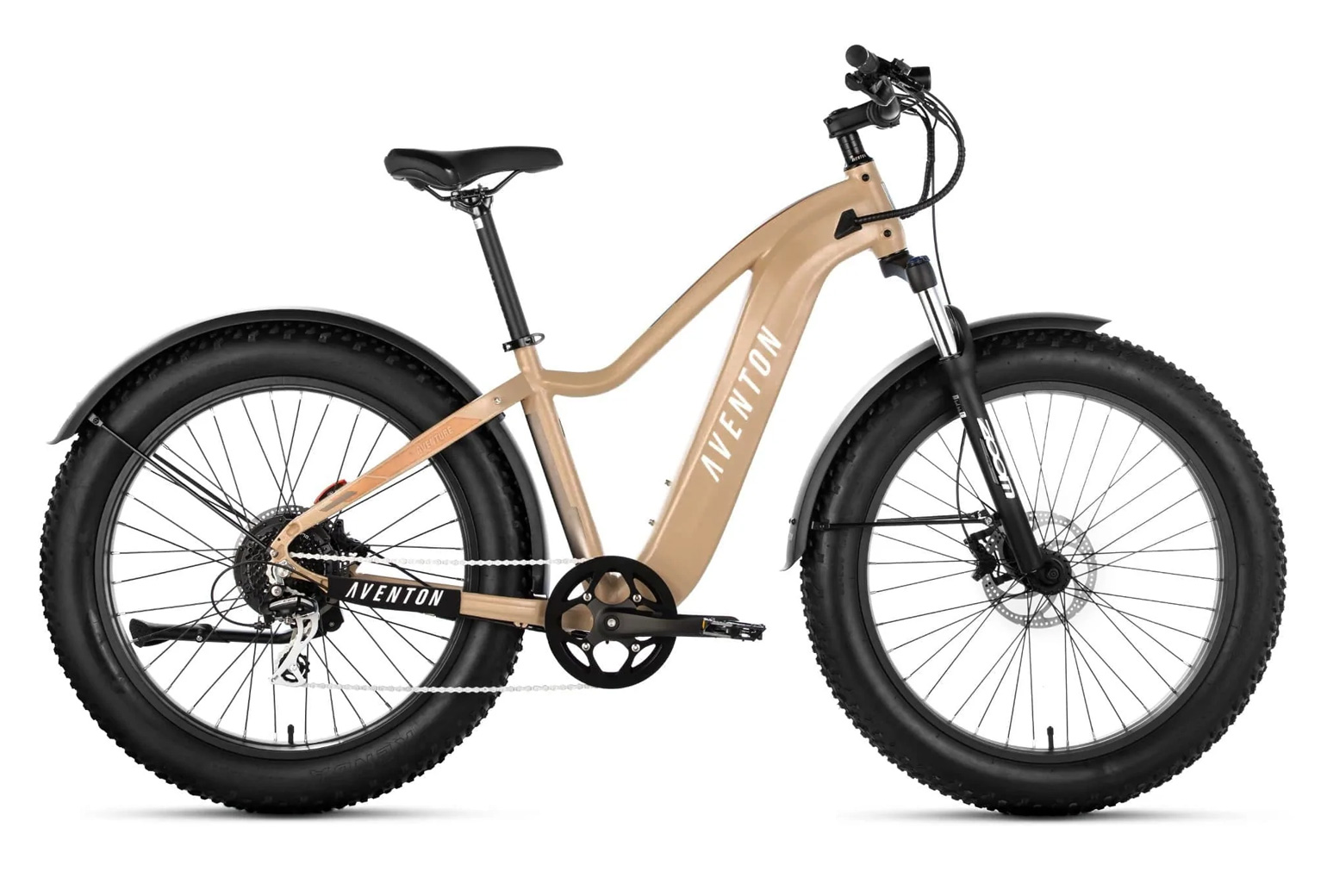
45 mi
RANGE
28 mph
TOP SPEED
5 hrs
CHARGE TIME
73 lbs
WEIGHT
Rear Hub
MOTOR TYPE
45 mi
RANGE
28 mph
TOP SPEED
5 hrs
CHARGE TIME
73 lbs
WEIGHT
The Aventon Aventure is built for versatility, enabling riders to traverse all sorts of terrains at high speed over long distances. The Aventure is powered by a 750W motor that delivers a top speed of 28mph. It also offers significant flexibility regarding power and throttle modes. It suits riders with varied expertise and preferences, from e-bike hobbyists to people who want to tackle extreme climbs.
The Aventure’s high-capacity removable internal lithium-ion 48V, 720Wh battery will take you up to 53 miles on a single charge. That’s in addition to high-quality components, including 4” fat tires, an aluminum frame, and a front suspension fork that ensure a powerful and durable ride alongside excellent handling. The e-bike is available with a step-over or step-through design, and Aventon offers a range of setup options to suit riders of all sizes and four color scheme options.
Best E-Bike From $2,000 to $3,500
Cheetah Cafe Racer
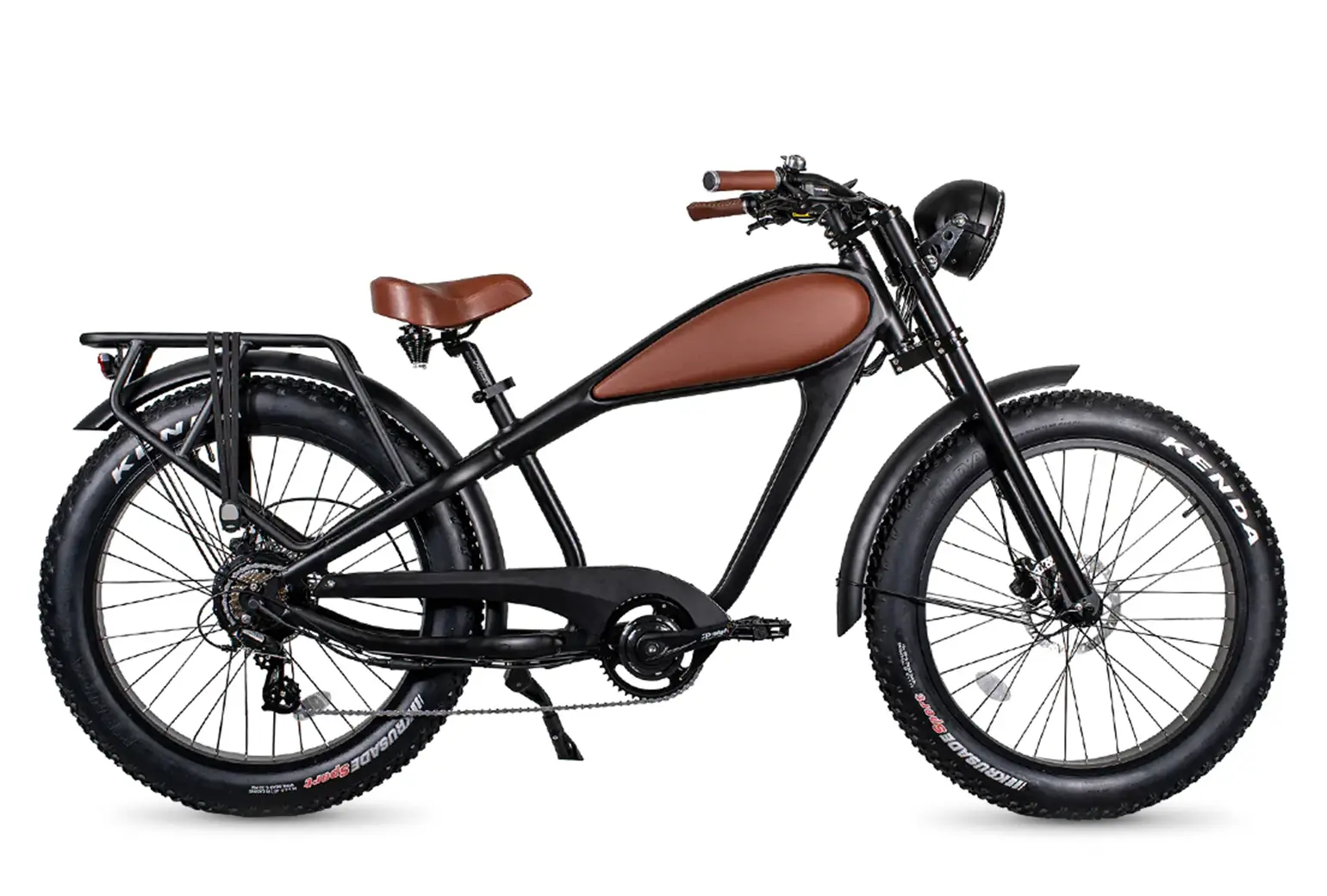
30 mi
RANGE
20 mph
TOP SPEED
5 hrs
CHARGE TIME
70 lbs
WEIGHT
Rear Hub
MOTOR TYPE
30 mi
RANGE
20 mph
TOP SPEED
5 hrs
CHARGE TIME
70 lbs
WEIGHT
If you’re on the lookout for a seriously stylish e-bike at this mid-range price point, then the Cheetah Cafe Racer from Revi Bikes will tick all the boxes. The Cafe Racer combines an easy-on-the-eye classic 1970s motorcycle design with bags of power that’ll have you looking cool while cruising along at speed.
The Cheetah Cafe Racer is powered by a 48V 750-watt Bafang rear-hub motor with a pedal assist top speed of 28mph. Revi Bikes offers two battery options, but the 840Wh battery will take you up to 40 miles per charge. The e-bike also comes with hydraulic disc brakes vital for coming to a swift halt at top speed and 26”x4” fat tires that’ll soak up the vibrations of tricky terrains, enabling you to cruise along in style.
But the laid-back, super-cool design of this unique e-bike earns it our vote as the top e-bike to buy in this mid-price bracket. Its cruiser style, low-rider design means you sit with your feed in front of your body in a relaxed position, and a sprung leather saddle soaks up all the vibrations, ensuring you won’t notice the lack of suspension.
Best E-Bike From $3,500 to $5,000
DŌST Kope CVT
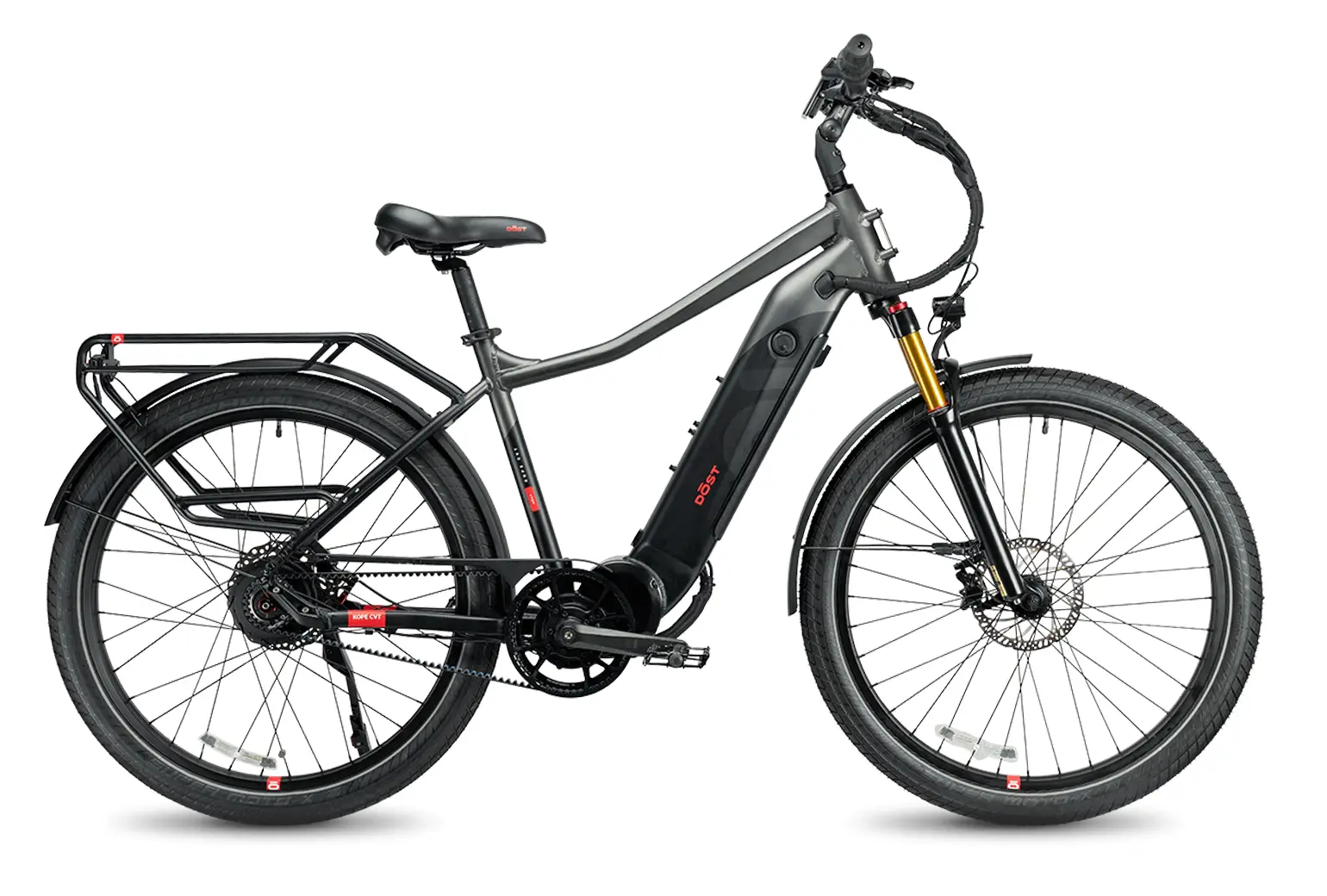
120 mi
RANGE
28 mph
TOP SPEED
5 hrs
CHARGE TIME
65 lbs
WEIGHT
Mid-drive
MOTOR TYPE
120 mi
RANGE
28 mph
TOP SPEED
5 hrs
CHARGE TIME
65 lbs
WEIGHT
Looking to the higher end of this price scale, you’re well within your rights to expect an e-bike with quality build components, the ability to cover long distances at high speeds, and offers plenty of fun along the way. And the Dōst Kope CVT has you covered on all of the above.
The e-bike is powered by a 750-watt Bafang G340 mid-drive motor that delivers 120 Newton meters of Torque and a top speed of 28mph. And its 48V, 672 Wh Samsung lithium-ion battery will take you up to 40 miles per charge. However, it also offers groundbreaking technology with an Enviolo continuous variable transmission gearing and dual battery configuration that can help you traverse an impressive 120 miles of range.
The Kove CVT delivers state-of-the-art engineering, including a unique gearing design that ensures simple and smooth shifting, a high-quality carbon drivetrain, and an absorbing suspension fork. It also delivers comfort with an upright riding position and a wide, comfortable saddle. It enables you to configure settings with multiple class layouts and variable top speeds to your requirements.
Dōst designed the Kove CVT to be its most robust bike ever and to last customers a lifetime. So for $4,499, you get a high-quality product that might be the last bike you ever purchase.
Get The Best E-Bike For All Price Levels
As e-bikes increase in popularity, it’s possible to get out on two wheels, whatever your budget. These four e-bikes represent our top e-bikes of 2023 at these price levels, but it’s safe to say there’s a tremendous amount of choice in the market.
With that in mind, doing your homework before purchasing an e-bike is crucial to ensure you get the best bang for your buck. Vital considerations in this process include selecting a bike with a powerful motor and a quality battery that offer range, performance, and reliability over time. It’s also essential to assess the quality of the e-bike’s components and select a bike style that suits your requirements, be it for commuting to work, traversing mountain ranges, or hitting the dust trails.
